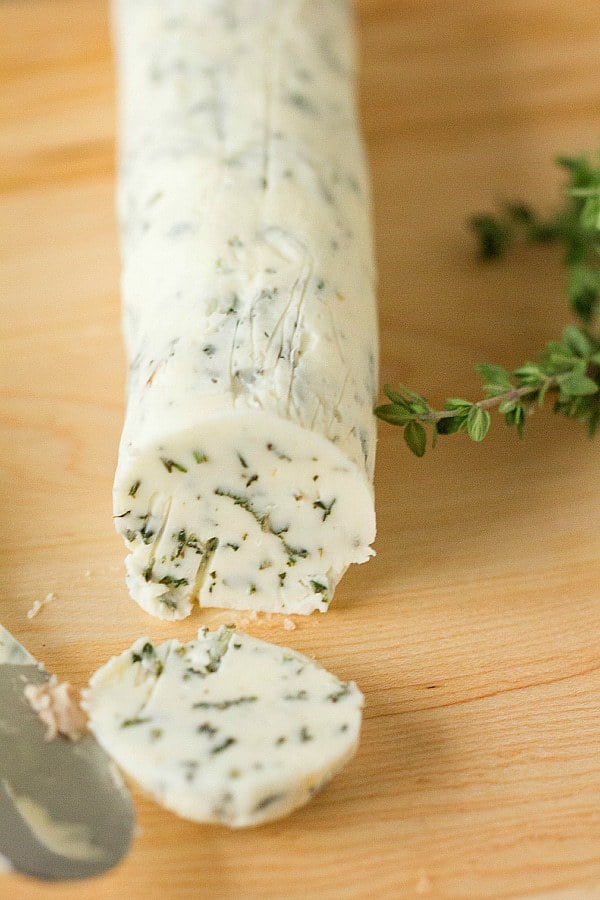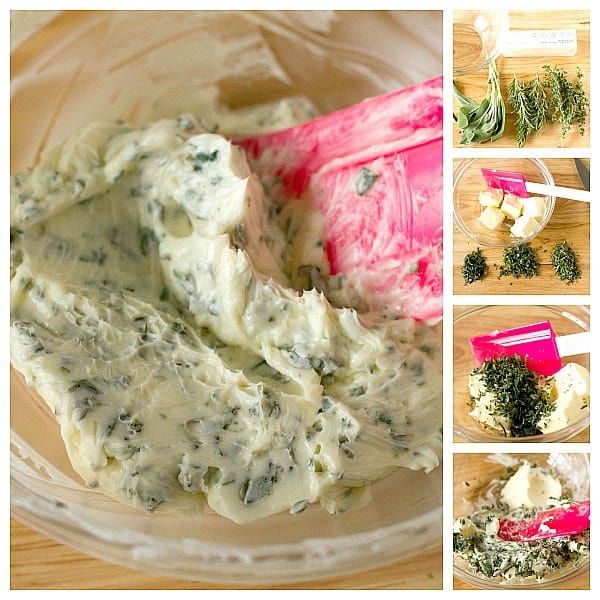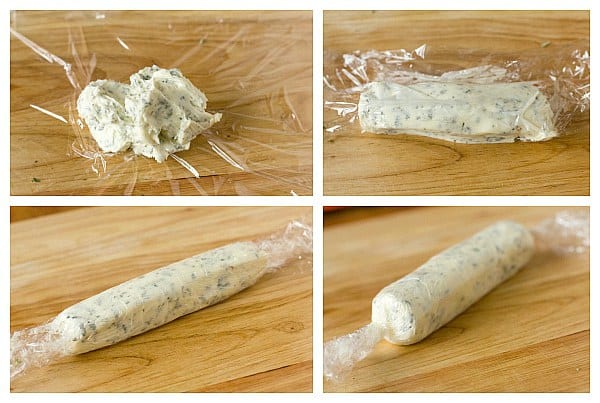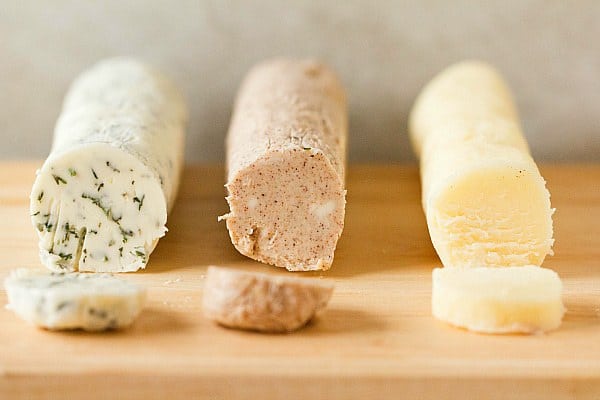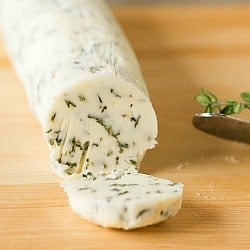Usually pigeonholed as weeds, nettles and dandelions have some powerful benefits to offer. The definition of an herb is any plant used for its medicinal and or culinary purpose or its fragrance according to Webster's dictionary. Unfortunately, dandelions (Taraxacum officinale), a member of the aster family, are commonly thought of as a nuisance weed and something undesirable. The flowers are one of the first food sources for bees in the spring. For humans, dandelions are used for both food and medicine, and is actually a biennial or perennial herb.
Dandelion greens sprout in early spring and before the flowers appear harvest the tender young greens; or you can purchase seeds and grow these ‘herbs’ in a container. When the flowers begin to form at the base of the dandelion, they are too bitter to eat. Dandelions can either be left to soak in salted water overnight, to remove the bitterness, and then be boiled like spinach( sprinkle them with balsamic vinegar for a delicious hot greens side dish) or you can just rinse in salted water before you use them in a pot to cook further.
Fresh dandelion leaves contain calcium, protein, fiber, iron, phosphorus, potassium, thiamine, riboflavin, Vitamin C, and are high in Vitamin A. When dried, dandelion leaves are also high in potassium and when compared to broccoli and spinach surpass these in overall nutritional value.
Stinging Nettles (Urtica dioica) are also considered to be a nuisance weed however, once again, it is the herb of choice for healthful benefits. Nettle leaves are said to have excellent blood building and mild diuretic properties. Dried nettle leaves are reported to increase blood hemoglobin. You can make a spring tonic that will help stimulate blood circulation and help with chronic skin ailments. Some folks even use nettle leaf tea to help with eczema.
Nettle leaf is a rich source of antioxidants needed for reducing the number of free radicals in your system. Nettles are also rich in Vitamin C, which boosts the immune system and may even provide protection against various types of cancer. Vitamin A is also found in nettle leaves, and many scientists believe this vitamin is necessary for eye health. Nettle provides a wide range of other health benefits including reducing joint pain and inflammation and counteracting seasonal allergies; nettles also contain a compound called
UD-1 that seems to act similarly to insulin in the body. More research is needed, however scientists believe that nettle can help control blood sugar in people with diabetes.
Note: when dealing with nettles always wear gloves and wash all greens in the sink or a tub with salt and water. Ensure to pick the tops and new leaves of your nettle plant; this will give you the best flavouring. Pick these in early spring or late winter depending on where you live.
We found this amazing Dandelion and Nettle soup recipe from Tom Hunt, award winning chef, food writer and climate change activist and author.
Delicious…Thank you Tom!
Dandelion and Nettle Soup
Serves 4
- 2 Tablespoons of extra virgin olive oil
- 2 Onions (your choice) sliced
- 1 – 2 ( 160 grams) green leek tops
- 1 small carrot grated
- 3 garlic cloves peeled
- 3 ( 500 grams) medium potatoes cubed
- 1 liter water or stock
- 100 grams of nettles
- 30 grams of dandelion
- 3 parsley stalks (optional)
- Sea salt to taste
- Fresh black pepper to taste
- * crisps for decoration
- Heat the oil in a large, heavy based pan over medium heat.
- Add onions, leek tops and carrot.
- Cook gently for 10 minutes until soft.
- Add the garlic and fry for a few minutes.
- Add the potatoes and the water
- Bring to a boil, reduce the heat.
- Simmer and cover with a lid.
- Simmer for 20 minutes or until potatoes are soft.
- Stir in the nettles, dandelion leaves and parsley stalks at the last moment and blend immediately either with a stick blender, or in batches with a blender, until perfectly smooth.
- Season the soup with salt and pepper to taste.
- *Top with dandelion and nettle crisps if desired. Crisps: Wash the leaves and drizzle with olive oil, sprinkle with salt and bake at 150 degrees/Gas 2 for around 20 minutes or until they dry out ( varies with thickness)
Enjoy! Next time you are in your garden and ready to pluck those dandelions out, and cut down those stinging nettles, stop and think about using these super green herbs in your next dish…and we hope you enjoy this great recipe from Tom for his amazing Dandelion and Nettle Soup.
From Tom Hunt’s book Eating for Pleasure, People and Planet
Visit Toms website at tomsfeast.com






